History of "Shoujo" Manga (original) (raw)
Manga
byooReiko
Jan 26 2023, 6:24 AM | Updated May 23, 2023 8:33 AM
Note: Due to the number of missing manga from the database I will add the ones that would be included in the stack at the bottom of this description. And will leave room in the stack for these manga in the case that they are added in the future.
There are a number of works that I've not been able to read at all or read completely in the list so my commentary on those entries is limited, also my Japanese reading skill is limited currently so that limits some of the commentary as well. Also the list is mainly focused on the older titles as my knowledge on newer titles is relatively limited when it comes to shoujo manga.
Related links:
History of "Shoujo" Anime - https://myanimelist.net/stacks/16071
List of Shoujo manga released before 1980s - https://myanimelist.net/clubs.php?cid=84956
The beginnings of the history of girls comic magazines in Japan can be traced to the early 1900s with one of the first notable magazines "Shoujo no Tomo" gaining popularity among the female audience. The strong visual presence and the character design that are usually associated with shoujo manga draw their roots also to that period. Among the early pioneers of the visual approach "Jun'ichi Nakahara" is usually mentioned due to the influence of his design and approach to the character when it comes to shoujo manga.
This list attempts to collect some of the most important works when it comes to the history of shoujo manga, starting from the beginning. This is done so that people who are interested in or new to the history of "Shoujo" manga can gain atleast some kind of understanding of the history and the development throughout the years.
I will try to write my short spoiler free review/thoughts for each of the entries on this list to explain further why I think the entry is important as far as the history of "shoujo" manga is concerned.
Important manga missing from the database:
1957 - Shoujo Club - Fuichin-san (フイチンさん) - Ueda Toshiko (上田としこ)
https://myanimelist.net/manga/148274
Most early shoujo mangaka were men, and shoujo manga didn't have a particular "identity" in 1950s, as it was mostly just used as "a springboard" for authors aiming for the more popular shounen magazines. However Ueda Toshiko took everyone by storm as a female author with "Fuichin-san" one of the "big hits" in the evolving 1950s - 1960s shoujo manga scene.
The story focuses on the character "Fuichin" and is set on a period near WW2 in Manchuria. It is said that Ueda Toshiko drew some inspiration from her own experiences in Manchuria durin that period.
1958 - Shoujo - Tokyo Paris (東京・パリ) - Takahashi Macoto (高橋真琴)
Takahashi Macoto is often credited with popularizing the usage of glitter or star shaped visual in the eyes of the characters when it comes to the visual design of the character. The works of Takahashi Macoto usually put heavy emphasis on his detailed art and design of the characters.
1960 - Shoujo - Maki no Kuchibue (マキの口笛) - Maki Miyako (牧美也子)
https://myanimelist.net/manga/142707/Maki\_no\_Kuchibue
Maki Miyako drew popularity in early 1960s scene with hit works such as Maki no Kuchibue. The work features a dramatic approach to the world of "dance" and "performance". The visual approach in the art used by Maki Miyako was also emphasised in the series with intricate portrayals of fashion and passion.
The popularity of this work and her art resulted in Maki Miyako being let in charge for the original design of the Licca-chan toy doll franchise which debuted in 1967.
1962 - Shoujo - Shimai Futari (姉妹ふたり) - Maki Miyako (牧美也子)
1963 - Ribon - Chibikko Tenshi (ちびっこ天使) - Yokoyama Mitsuteru (横山光輝)
The series featured a "pair" of "angels" who were able to use magic, they came down to earth and caused all sorts of mischief with their powers. Often considered something of a precursor to the acclaimed series "Mahoutsukai Sally"
1966 - Ribon - Honey Honey no Suteki na Bouken (ハニーハニーのすてきな冒険) - Mizuno Hideko (水野英子)
https://myanimelist.net/manga/112823/Honey\_Honey\_no\_Suteki\_na\_Bouken
1967 - Ribon - Sweet★Lala (スイート★ラーラ) - Kitajima Yoko (北島洋子)
1967 - Margaret - Comet-san (コメットさん) - Yokoyama Mitsuteru (横山光輝)
https://myanimelist.net/manga/139540
1969 - (Unknown) - Ballet Hoshi (バレエ星) - Tani Yukiko (谷ゆき子)
https://myanimelist.net/manga/142708/Ballet\_Hoshi
1969 - Margaret - Glass no Shiro (ガラスの城) - Watanabe Masako (わたなべまさこ)
https://myanimelist.net/manga/129561
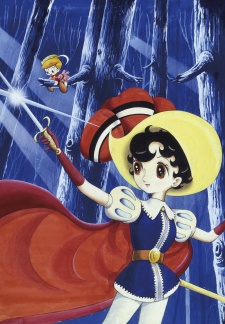
Manga, 3 vol, 1953Me:- Author:9
Influential work by Osamu Tezuka, the initial series was later redrawn and redone. In the initial series the approach to the character design was more simple and the focus was clearly more on the narrative aspect than on the visual aspect.
In the redrawn version the appeal of the visual was highlighted and I would say matched more with the "emotion" represented in the narrative.
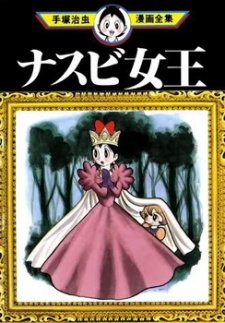
Manga, 1 vol, 1954Me:- Author:10

Manga, 4 vol, 1958Me:- Author:9

Manga, 2 vol, 1960Me:- Author:10
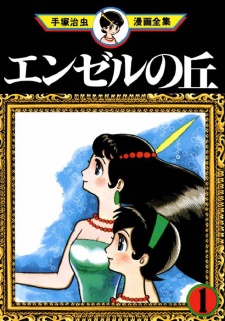
Manga, 2 vol, 1960Me:- Author:10

Manga, 3 vol, 1962Me:- Author:10
Series by Fujio Akatsuka. The visual approach in the series retains some of the characteristics that are often attributed to his works, but in this series it is clear that his approach was different especially when it comes to the main charater "Akko".
The intricate design reminicent of Takahashi Macoto can be seen in the visual portrayal of the main character. Some of the other characters are used to provide contrast to this portrayal with a more "raw" portrayal attributed to them.
This visual approach I'd say can be seen as a metaphor relating to the narrative and "the secret" of Akko in the series.

Manga, 44 vol, 1962Me:- Author:10
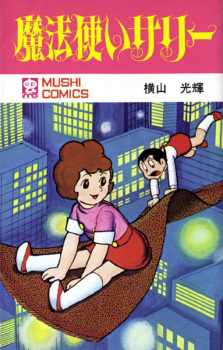
Manga, 1 vol, 1966Me:- Author:10
The series initially presents itself in a relatively similar manner to "Chibikko Tenshi", however later on in the series the identity and focus on the character "Sally" mainly draws the series in a new direction when compared to its predecessor.

Manga, 6 vol, 1968Me:- Author:10
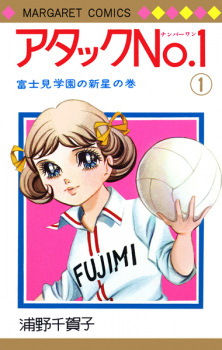
Manga, 12 vol, 1968Me:- Author:10
Series focuses on the "growth" and passion around the main character and the sport. The visual approach embraced the "flowy" design, that was popularized mostly in the 70s, slightly. The visual presence of Urano Chikako however by itself enabled the immense "emotion" that can be experienced in the series.
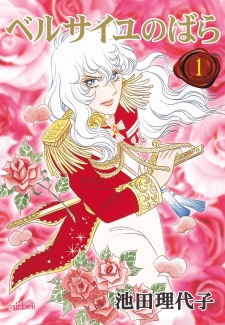
Manga, 10 vol, 1972Me:- Author:10
An acclaimed masterpiece, where the story and the characters took everyone by storm and people started taking the stories presented in "shoujo" manga more seriously as often before the shoujo manga scene was relatively overlooked.
Instrumental work in the "year 24 groups" revolution of the "shoujo manga" scene
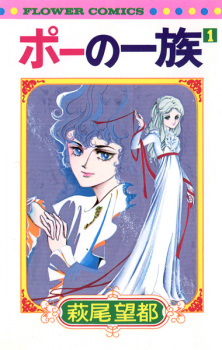
Manga, 5 vol, 1972Me:- Author:10
Another instrumental work in the year 24 group "revolution"
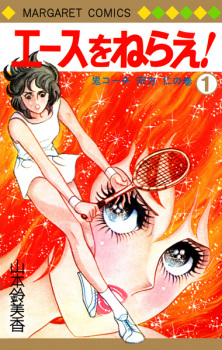
Manga, 18 vol, 1973Me:- Author:10
An epic sports drama that focuses on the character and her growth through the relationships around her and around the sport. The art of the series establishes and emphasizes this growth and passion really well I'd say. The panels and design "flow freely" which I'd say adds another layer of depth into the experience.

Manga, 3 vol, 1974Me:- Author:9
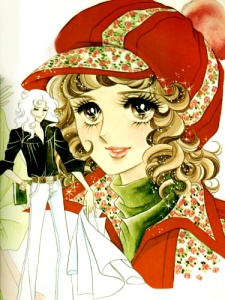
Manga, 3 vol, 1974Me:- Author:10

Manga, 9 vol, 1975Me:- Author:10
The art and the "epic" proportions of the story enabled the success of this series. It is the combination of the flowy art and design of the characters combined with the epic drama and passionate character relations that I'd say are the key to the success of the series.

Manga, 8 vol, 1975Me:- Author:10

Manga, 21 vol, 1976Me:- Author:10
Takes the visual and artistic presentation of a sport and "the performance" to a new level. The art is intricate and detailed and through it it is possible to experience the emotion and "passion" related to the series and the characters.

Manga, 49 vol, 1976Me:- Author:10
The epic rivalry and relationship between Maya and other characters, combined with her growth and "passion" I'd say are the main interests in the series. The art also depicts this struggle and passion in a brilliant manner.

Manga, 17 vol, 1976Me:- Author:10

Manga, 24 vol, 1977Me:- Author:10

Manga, 1 vol, 1978Me:- Author:10
Presents questions related to "gender" and femininity/masculinity. Influential series.

Manga, 7 vol, 1978Me:- Author:10
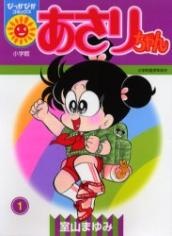
Manga, 100 vol, 1978Me:- Author:9

Manga, ? vol, 1979Me:- Author:8

Manga, 4 vol, 1979Me:- Author:10
I'd say that the visual portrayal is an upgrade from Candy Candy, but the combination of the story and the visual representation doesnt reach the same heights.
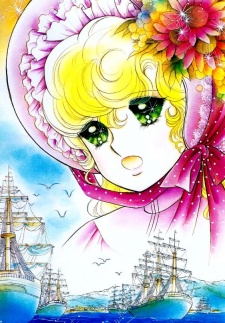
Manga, 5 vol, 1982Me:- Author:10
The intricate artwork and relatively similar setting remind of "Candy Candy"
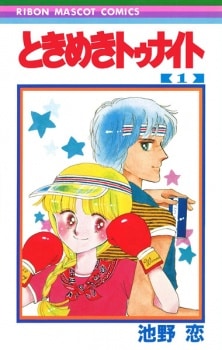
Manga, 30 vol, 1982Me:- Author:10

Manga, 10 vol, 1983Me:- Author:10

Manga, 12 vol, 1984Me:- Author:9
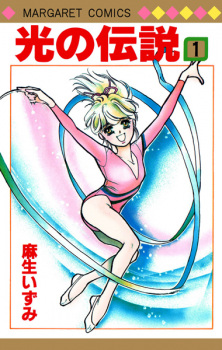
Manga, 16 vol, 1985Me:- Author:10
An epic romantic sports series that presents an artisitically inclined characterization for the relationship. The drama is grounded, and the "performance" and "spirit" are emphasised over it usually.
Visual presentation in the series presents an "appealing" portrayal of the characters and thei relationships

Manga, 16 vol, 1985Me:- Author:9

Manga, 19 vol, 1985Me:- Author:7
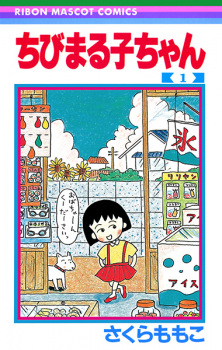
Manga, 15 vol, 1986Me:- Author:10
A simplistic but heartwarminc visual approach to the more of a nostalagic presentation towards the "family" setting. The characters and the relationships aree constructed extremely well in the series providing a relatable setting to pretty much everyone.

Manga, 12 vol, 1987Me:- Author:10

Manga, 18 vol, 1991Me:- Author:10
A popular series.

Manga, 37 vol, 1992Me:- Author:10
One of the best selling shoujo manga
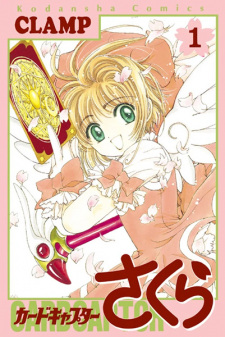
Manga, 12 vol, 1996Me:- Author:10
From CLAMP

Manga, 23 vol, 1998Me:- Author:9
The modern classic when it comes to shoujo manga.
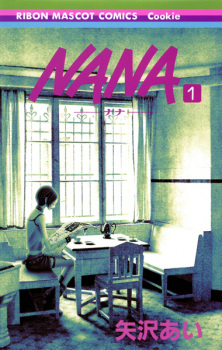
Manga, 21 vol, 2000Me:- Author:10
Yazawa Ai took everyone by storm with the in depth character portrayal and "growth" that is found in "NANA"